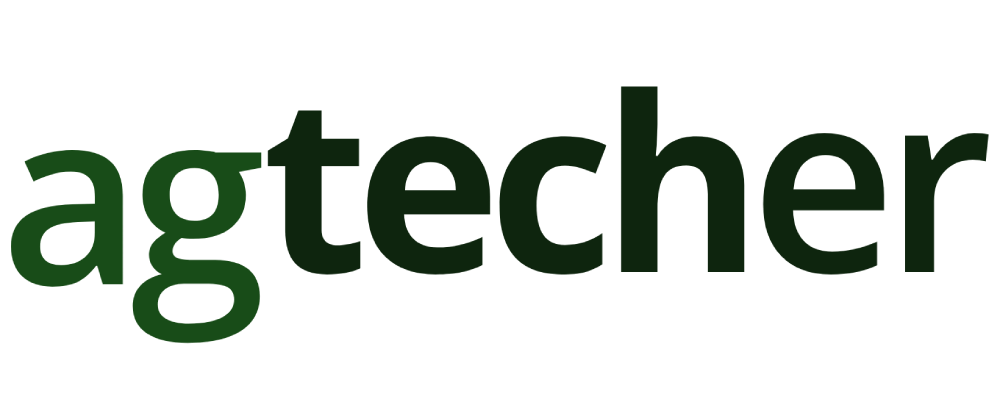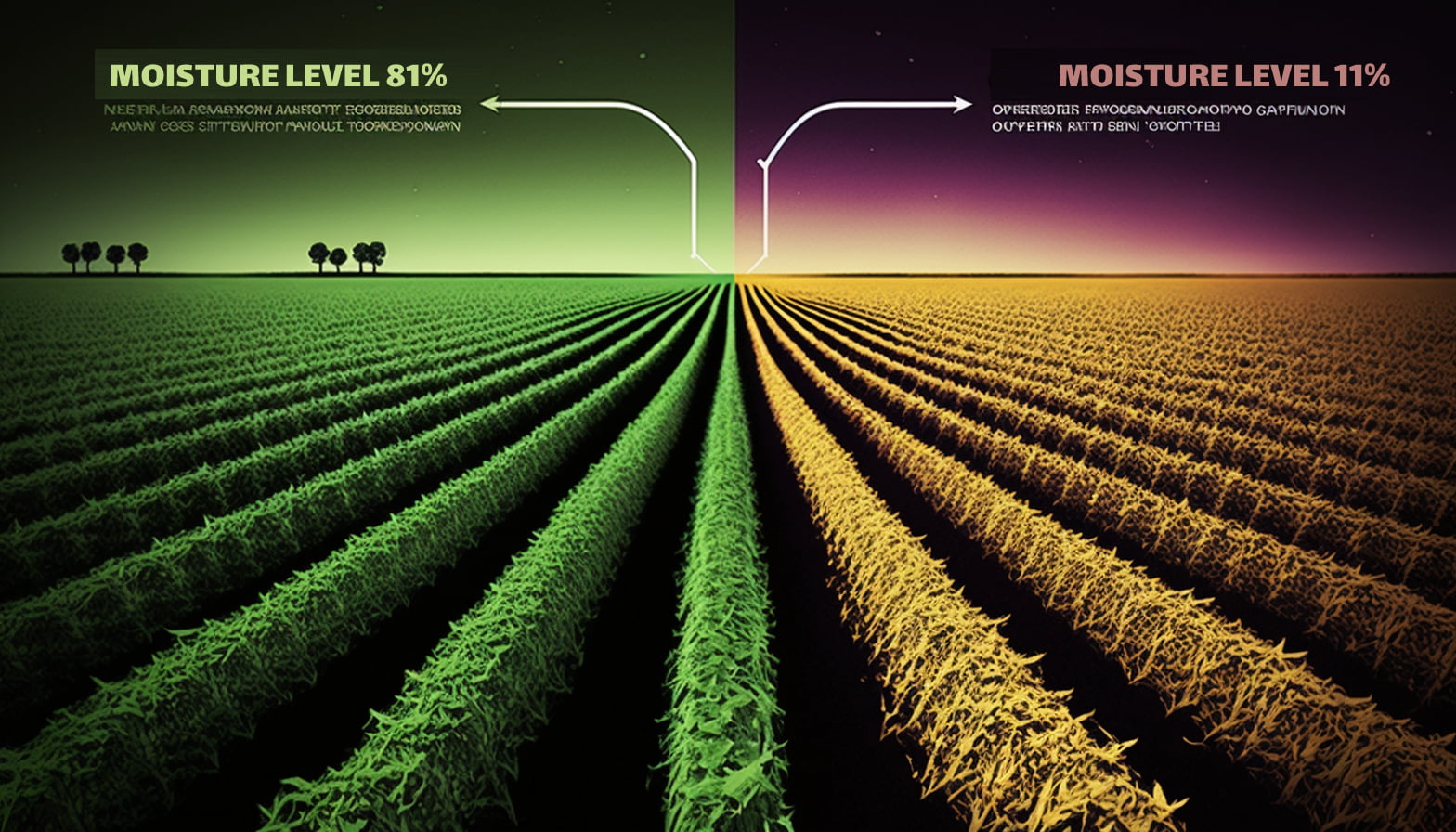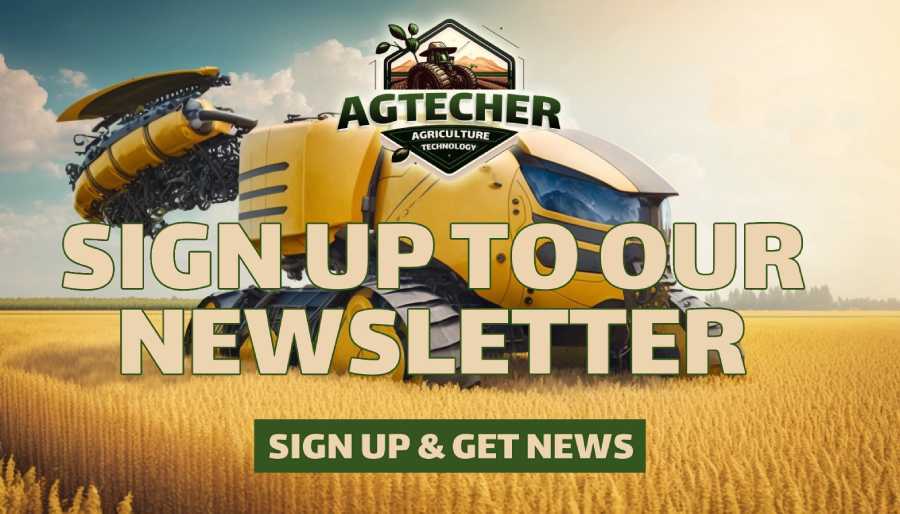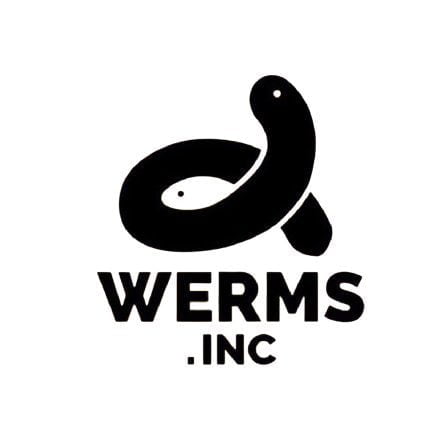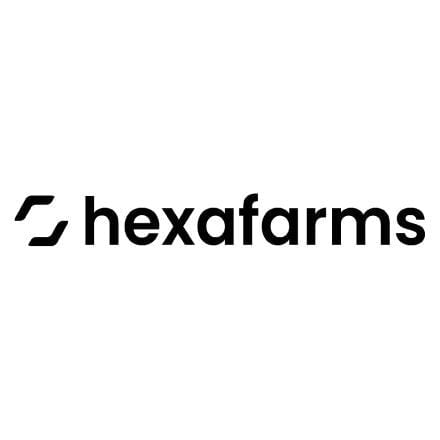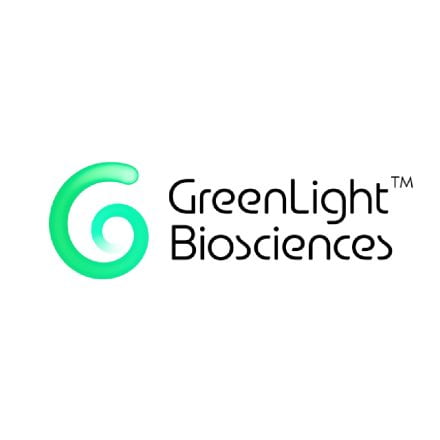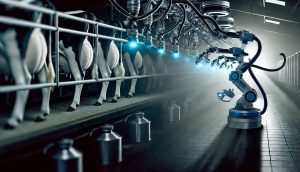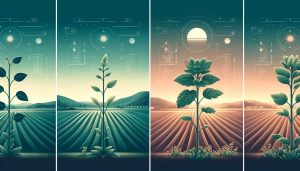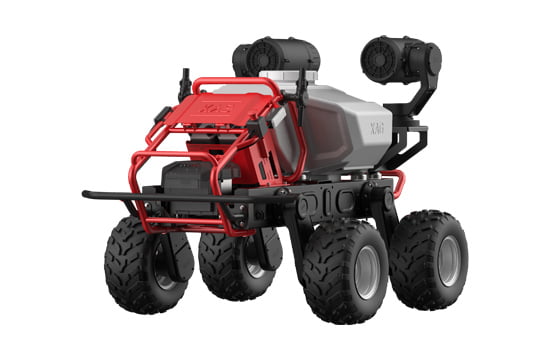Introduction to Precision Agriculture
Agriculture is without a doubt one of the most important, if not the most important, industry in the world. It is farms and farmers that produce many of the foods we eat, and even produces materials that are used for manufacture. In an ever industrializing and technologically advanced world it is easy to lose site of the importance of the growth of crops, but technology has not forgotten, and that’s where precision agriculture comes in.
Precision Agriculture/farming, as it is also known, is about more efficiently and accurately determining and measuring variables that are either conducive or counterproductive to growing crops. It involves using such technology as drones, GPS, automated vehicles, software, and other technology for soil sampling, data analysis and crop planting. All of these tools serve technology’s main purpose, which is to make work easier, and provide accurate information for decision making.
Precision agriculture refers to the use of technology and data-driven approaches to improve the efficiency, productivity, and sustainability of agriculture. There are several different types of precision agriculture, including:
- Precision planting: This involves using technology and data to optimize the placement and spacing of seeds in the field, in order to maximize crop yield and minimize waste.
- Precision watering: This involves using sensors and other technologies to monitor soil moisture levels and deliver irrigation to crops in a targeted and efficient manner.
- Precision fertilization: This involves using sensors and other technologies to monitor soil health and nutrient levels, and to apply fertilizers in a targeted and precise manner.
- Precision pest control: This involves using sensors and other technologies to monitor pest populations and to apply pesticides in a targeted and selective manner, in order to minimize the use of chemicals and protect the environment.
How Does This Benefit Farmers and Consumers?
For a farmer, it is important to keep up with the demand for crops, and as the population grows, so does the demand. Hiring more workers to meet the demand, while a novel idea, is not always feasible from a financial standpoint. Technology allows fewer people to do more work, which saves money. One of the most important aspects of Precision Agriculture is that the technology isn’t just a bunch of better machines, but smarter ones that communicate with each other via IoT, or the Internet of Things.
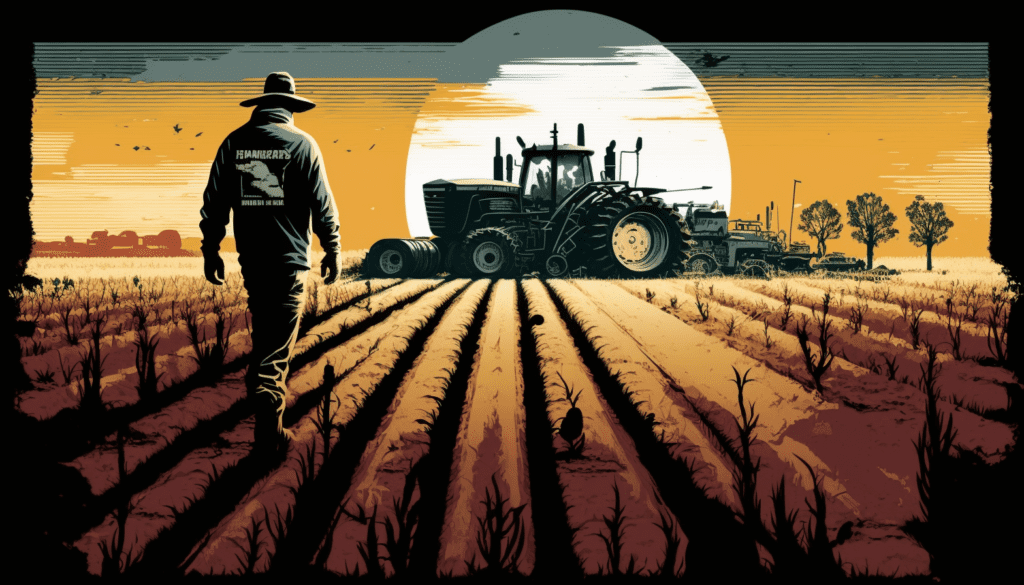
Of course, whatever saves money for producers usually does the same for consumers. The more that the farming industry embraces technology, the less money that growers will have to spend on labor, water, pesticides, and other costly products and services, and the more savings that farmers can pass down to the people who rely on their crops. Savings is not the only part of what smart farm technology is about; it is also largely based on quality control, which saves money and ensures that the customer gets the best possible product.
The PA Technical Universe
It is fascinating that a farm can actually be a smart farm, and even more astonishing that it can have its own technical universe, or network. The agricultural drone, GPS, and robots have taken over conventional functions such as rowing, planting and harvesting which were traditionally done by human operated tractors and other farm equipment. The brain of these devices is interconnected via Internet of Things.
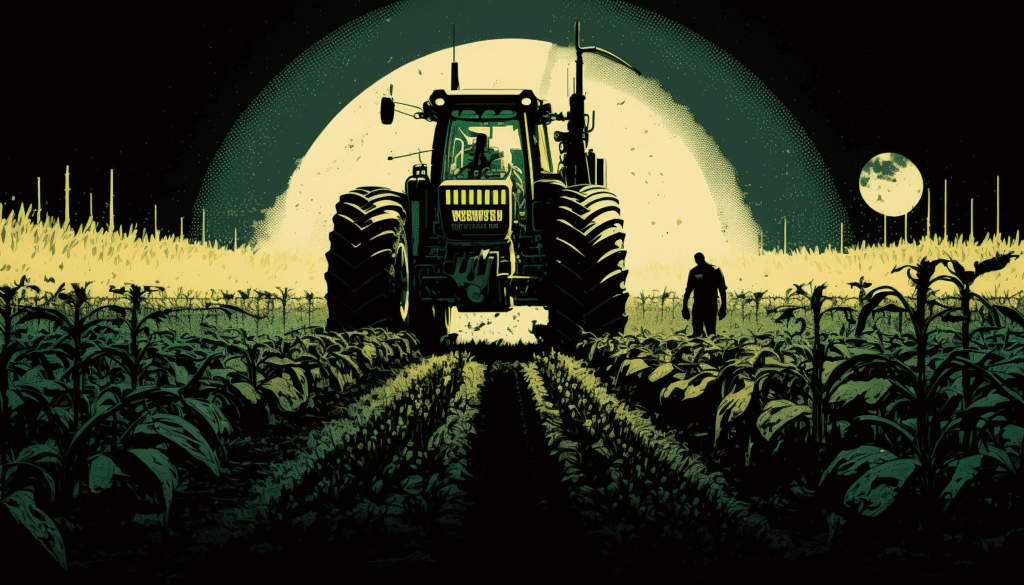
This interconnectivity helps amalgamating high definition images and infrared images that depict soil variations available from drones, with the data such as moisture level, nutrients content etc. collected by various sensors on the ground. These pictures and data are further processed on the computer or smartphones to gather necessary information about health of crops, position of weeds, the saturation and quality of the minerals in the soil, crop hydration, the growth or movement encroaching weeds and pests, and even weather conditions and their expected effect on the crop. This complete farm data over the period of time helps in better crop selection and soil management. This information is invaluable because it aids the farmer in getting the greatest high quality yield possible for their time, money, and effort.
The Purpose of Data Collection On a Farm
The data collected through the drones and sensing technology is the integral part of a modernized farm. For instance, drones can be used to survey the land and its topography. Sensing technology can measure soil variation between numerous points in the field.
This information aids the farmer in deciding where to plant certain crops, and can also identify the trouble spots. This technology also saves water when paired with an automated irrigation system by initiating the watering process when the soil is in need of it, rather than based on what time or day it is. There is software available that can even predict what the yield of the farm will be.
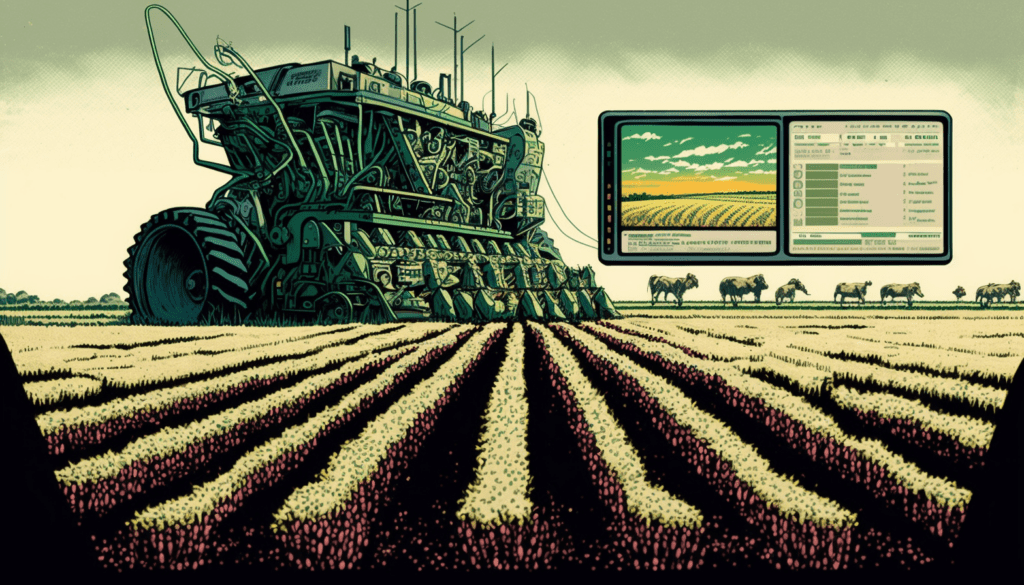
Imagine that a farmer has an automated irrigation system which is set to water the field in intervals; this process will take place unless it is stopped. Now, this same farmer is on a much deserved vacation with his family when his smart phone alerts him that at home, where his field is, the humidity is at 100%, and a torrential downpour is expected. That farmer can remotely deactivate his irrigation system using his smartphone. With all of the applications for smart technology available to growers worldwide, the possibilities are endless.
Global Impact
Smart farming is by no stretch of the imagination is a national phenomenon; it has spread globally. In Chile, where fruit is their main export, they have implemented sensors to keep them abreast of the moisture level of the soil, as well as the plant’s needs. Since implementing this technology, they have been able to cut down on the amount of water they use by a whopping 70%, and they have increased their yield because they used the information that they gathered to improve growing conditions.
In India, crop diseases are a harsh reality that often taints their food supply. Smart technology has been integrated into their farming to keep track of variables such as humidity, precipitation, and temperature to determine the likelihood of a crop disease occurrence, and react accordingly.
Smart farming has been on an upward trend since its inception, and is forecast to continue to grow. Forbes magazine has called it the “future of agriculture”. Markets and Markets predicts that by the year 2022, the precision agriculture industry will be worth more than 11 billion U.S. dollars. And, one thing about humans that is certain, is that we love technology and depend on it. When new technology hits the market, it expands, especially something as cost-cutting and efficient as precision agriculture.
Many of the menial and tedious tasks can now be handled with ease due to advent of technology. Smart technology has made it to farming, and it will only to continue to spread there.
